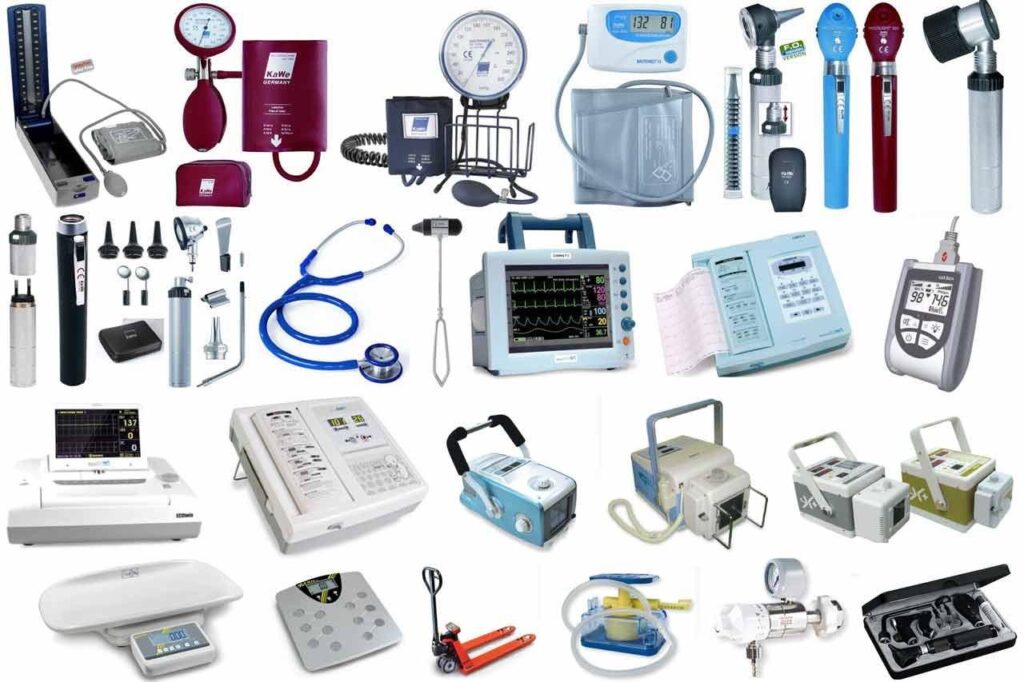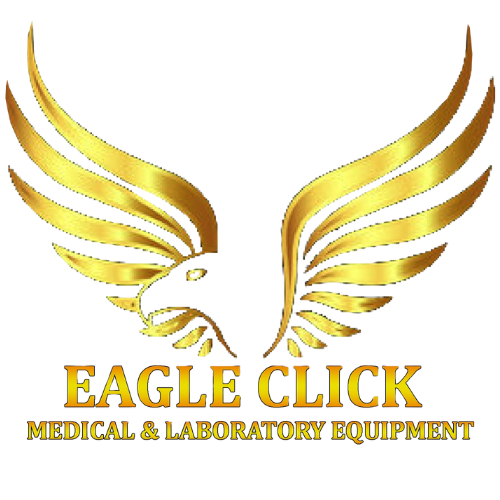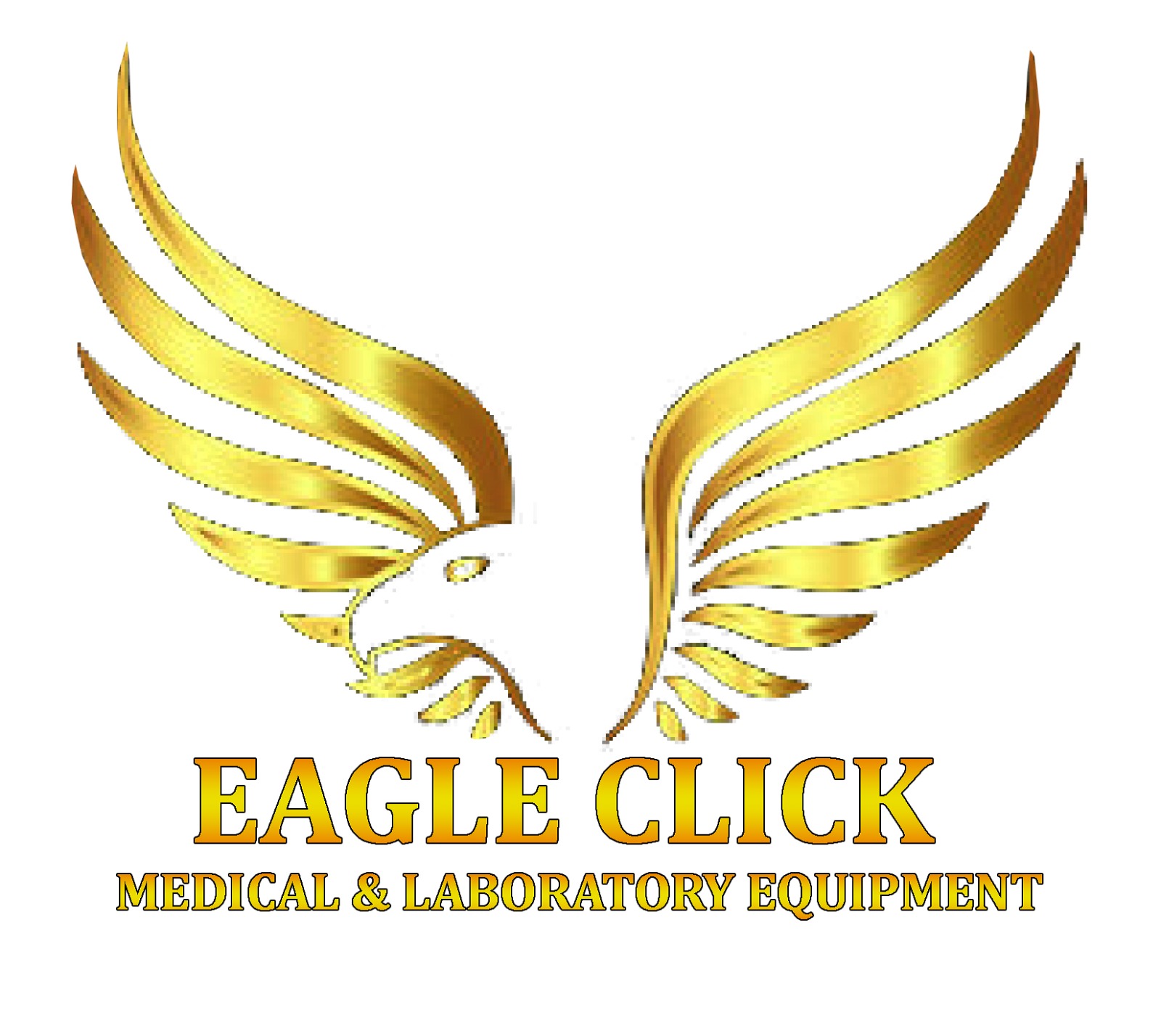New Product Introduction
New Product Introduction (NPI) Services
Bringing a new product to market—especially in regulated industries like medical devices or high-tech manufacturing—is a complex and high-stakes process. New Product Introduction (NPI) services streamline the path from concept to commercialization, ensuring that innovation translates into reliable, scalable, and compliant products.
Our NPI process is designed to minimize risk, accelerate time to market, and maintain the highest quality standards throughout the product development lifecycle.

What is New Product Introduction (NPI)?
New Product Introduction (NPI) is a structured process that transitions a product from the design phase into full-scale production. It encompasses design validation, prototyping, process development, quality planning, and supply chain readiness. The goal is to launch products faster, more cost-effectively, and with fewer production issues.
NPI is critical in industries where product complexity, regulatory requirements, and market pressures demand exceptional quality and speed. Our NPI framework integrates
cross-functional collaboration and industry best practices to ensure a smooth launch.

Our NPI Process
We follow a proven, phased approach that aligns engineering, manufacturing, quality assurance, and supply chain functions from the beginning.
Concept nd Feasibility
Technical and commercial viability assessment
Competitive analysis and market review
Risk identification and preliminary regulatory path
Design and Development
Design for Manufacturability (DFM) and Design for Testability (DFT)
Prototype builds and iterative testing
Regulatory and compliance planning (e.g., FDA, ISO 13485)
Pilot Production
Build of limited units to validate the manufacturing process
Establishment of critical parameters and process controls
Initial validation and quality checks
Process Validation
Equipment and line qualification (IQ, OQ, PQ)
Final design validation
Compliance with manufacturing and regulatory standards
Full Production Ramp-up
Launch planning and scheduling
Supply chain readiness and vendor alignment
Training and knowledge transfer
Post-Launch Review
Performance monitoring and feedback loop
Continuous improvement
Risk mitigation planning








